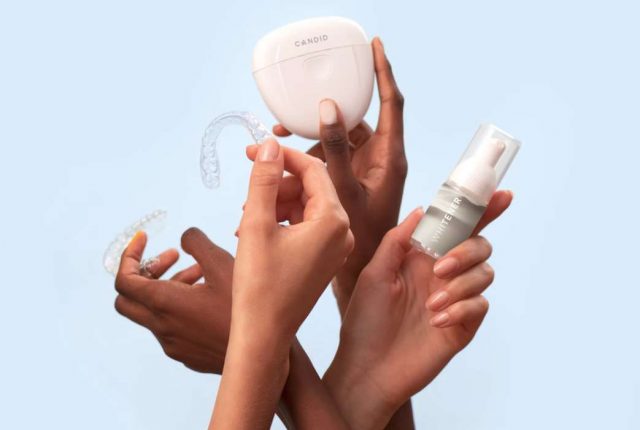Invisalign is a 3D digital dental technology used to straighten crooked teeth and inter-tooth spaces. It is transparent and removable and does not have wires or rubber bands like the traditional braces.
How Does Invisalign Work?
Invisalign utilizes a sequence of clear, removable trays to align teeth. The trays are changed after one to two weeks, and each aligner is slightly different from the preceding one. The difference allows your teeth, according to this reliable dentist in Leominster, to move toward the preferred final direction steadily and slowly.
Invisalign attachments are small dots whose color is similar to the teeth. The attachments are then bonded to teeth and act as an anchor that aids the aligner grip and moves the teeth more efficiently. However, some of the Invisalign treatments do not need these attachments. The necessity of the attachments is determined by the beginning position and anticipated position of your teeth.
How Much Does Invisalign Cost?
Invisalign charges differ from one orthodontist to another. Some of the factors below influence the cost:
- How severe your case is.
- Whether you are adjusting one side or both
- The expected period of the treatment
- Your dental practitioner’s experience
Some health insurance programs can help you cater to the charges incurred. You can search for Invisalign near me and inquire about the charges depending on your condition.
How Long Does The Treatment Take?
The period of treatment varies depending on the condition of your teeth. It could take between six months for minor adjustments, and for major adjustments, it could take a few years to complete. However, on average most treatments are completed within a year. The length of your treatment is also dependent on how compliant you are with wearing your aligners. The recommended length for wearing the aligners is twenty-two hours. If you fail to meet the required per day, you will increase your treatment period.
To ensure compliance, Invisalign introduced a compliance indicator which is a blue dot on the aligners. The blue dots are meant to fade as the aligners are worn. If you go for a swap and the dots are still visible, your dentist will know that you have not been wearing them for the required time.
Experts specializing in Invisalign in Dubai can assure you that compliance is a significant factor in the success of Invisalign treatment. It’s a harmless choice to switch your aligners every week.
Problems That Are Treated by Invisalign
Invisalign treats various dental issues. It is commonly used to treat:
- Crooked teeth
- Widely spaced teeth
- Overcrowded teeth
- Underbites
- Deep bites
Advantages of Invisalign
Invisalign has numerous advantages, which include:
- They are inconspicuous thus not easily noticeable when you smile.
- They are easy to remove when cleaning your teeth or eating.
- They are faster in completing the treatment than traditional braces.
- They require fewer visits to the dentist’s office
- Teeth are moved gradually, which means they are more comfortable.
- They help improve oral health in both the long term and short term.
- They treat numerous alignment problems.
- You start feeling healthier since you consider what you eat or drink while in them.
Disadvantages of Invisalign
Using Invisalign is an easy way to get straight teeth, but the process is not a walk in the park. The following are the disadvantages of Invisalign:
- They are expensive
- They may cause discomfort
- You might need more attachments than you expect
- They can be inconvenient since you have to remove them before eating or drinking anything apart from water.
- They can be broken or lost due to the removal causing usage of more money and time.
What Are the Alternatives of Invisalign?
Invisalign was introduced in the world of health science in the late nineties. It brought a real revolution in the orthodontic sector. Since its emergence, there has been the creation of similar products. These include:
- Ceramic braces: Similar to metal braces, these use tooth-colored or clear brackets instead of metal brackets.
- Damon braces: The Damon braces use lighter, self-ligating, shape-memory wires that do not require tightening. This is a unique process that optimizes the straightening process. The Damon braces reduce the amount of friction since there are no ties, elastics, and palate expanders.
- Other clear braces: There have been clear brace alternatives introduced after some of the Invisalign patents expired in 2017. The clear braces heal, too, but the complexity determines the period of the healing process.
Wrapping Up!
Before deciding to use Invisalign, you should consider the mode of payment and the condition of your teeth.


